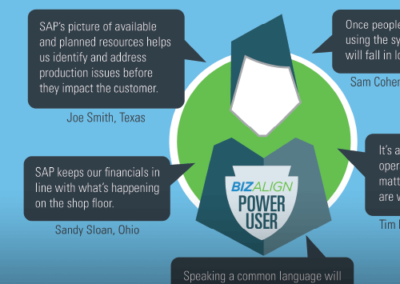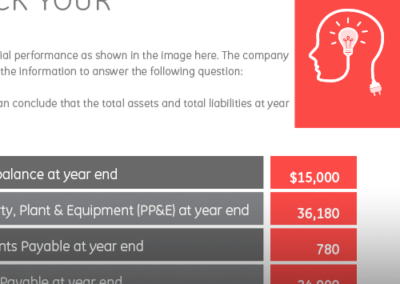ENTERPRISE ONBOARDING:
HIRE, DEVELOP, AND RETAIN confident AND competent EMPLOYEES.
Employee onboarding can make or break an organization’s ability to hire, develop, and retain the right employees. When done right, onboarding leads new hires from initial excitement to confidence and proficiency—and it empowers organizations to build capacity, increase engagement, retain high performers, accelerate time to role competence, and scale a consistent experience.
The Onboarding Journey
Within the first year of employment, many new hires leave the organization—typically because they aren’t engaged or prepared to thrive in the role. That’s why we recommend a holistic approach to the onboarding journey, including preboarding, orientation, and role-based development. By weaving together experience design, personalization, user–centered technology, and storytelling, we’ve helped organizations use onboarding to drive measurable impact on employee engagement, productivity, and retention.
Preboarding
Preboarding, the time between accepting the job offer and starting the first day, is all about anticipation—for new hires and for organizations. A people–centered approach to preboarding starts with two questions:
- How might we reduce anxiety and begin to assimilate a new employee before their first day?
- How might we prepare the organization for this person to start on Day 1?
Imagine that, after accepting a position, an anxious new hire receives a friendly welcome email with a link to a preboarding portal or site. This site gives new hires a glimpse of your organization’s culture, history, and brand. And while it’s a great place for hype videos, it’s also your chance to communicate your organization’s authentic self. They find the answers to frequently asked questions and everything they need for a great first day (like where to park or what to bring). And at the same time, that new hire’s manager is engaged and equipped to start off on the right foot, thanks to a manager success kit that guides them through making a warm welcome.

Articulating an authentic, compelling value proposition for the organization’s mission, vision, and values to potential employees.
Orientation
Most leaders know how important it is to nail employee orientation—all those first experiences new hires have with the company. Taking a people–centered approach to orientation means asking:
- What activities might help a new hire learn about the company, culture, and their role?
- How might we ensure HR and compliance needs are met while also engaging people’s hearts and minds?
So, on that first day, the employee’s in–person experiences are intentionally designed to be meaningful and maximize the time spent with their new team members. The new hire might also log in to their personal onboarding dashboard (whether that’s a standalone website or lives on your company’s existing intranet or SharePoint system) for an equally meaningful digital experience. In addition to guiding the new hire through what they need to accomplish and understand their first week, the site also uses interactive simulations, social games, and high–impact videos to bring to life the broader purpose of the new hire’s role and how they fit into the overall ecosystem of the company.

Providing performers with relevant information, useful tools, and ways to connect—when and how they want.
Role–Based Development
Onboarding doesn’t stop after the first week. New team members need to develop their skills and integrate into their teams, and this is where managers play a vital role. A people–centered approach to this phase raises some big questions:
- What activities, people, and milestones are important to get the new employee proficient in their role?
- How might managers deliver work, drive productivity, and get new hires feeling valued and confident—all as fast as possible?
- How will managers and teams create incredible onboarding experiences that develop their people when they’re already crunched for time and resources?
Role–based development is a big piece of the onboarding journey, and it looks different for every organization. It might be as simple as compliance and systems training that engages your people (rather than boring them). It might also include a performance support portal or mobile coach that customizes and tracks the employee experience of learning. Often it looks like an online corporate university that provides ongoing development for each role (including managers) to be successful in their position.
Whatever type of performance support you use, it’s important to develop the right tools and activities for employees to access at the time of need during a specific performance task. For example, the ideal manager training should prepare managers to build and lead high–performing teams. Likely that will require using a variety of flexible tools and resources to empower managers to engage new hires.

Crafting web portals that make it easier to find key resources and navigate the process of performing activities.
Enterprise Onboarding Results
Our clients want to craft the right onboarding experience that transforms how new hires and managers work together to drive meaningful results:
- Engaged new hires before Day 1
- Strong relationships between employees and managers
- Employees prepared to thrive at work
- Positive cultural shift in the organization
- Increased retention of high performers
- Higher productivity and accelerated speed to competency
Looking for a partner who understands people–centered experience design and the transformative power of the onboarding journey?




